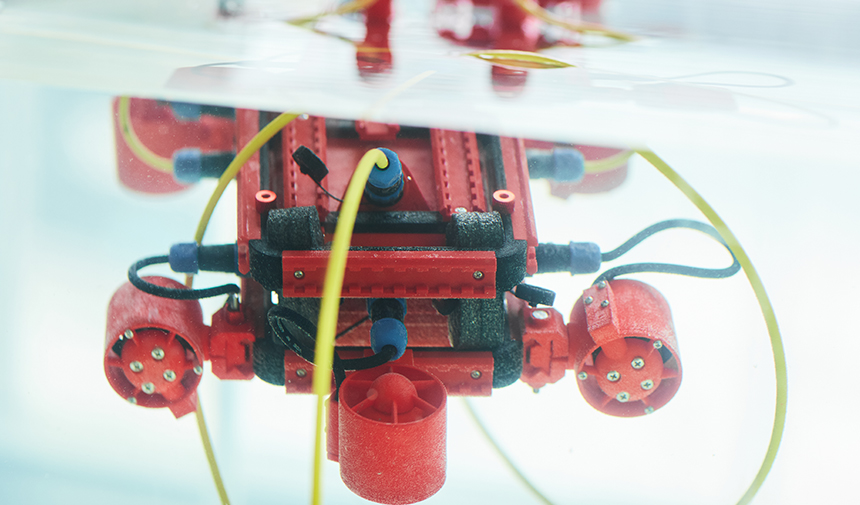Undersea robots are one of the most important tools developed to unravel the mysteries of the oceans. These robots are used to map the underwater geography, enabling important scientific discoveries in various fields. In particular, they have become an extremely valuable tool for exploring unknown regions in the deep sea and monitoring environmental changes.
One of the most important tasks of undersea robots is to map the underwater geography. Equipped with sonar and other sensors, these robots can study the underwater topography in detail. In this way, mountains, trenches, trenches, trenches and other geological features on the ocean floor can be identified. This information enables important scientific discoveries in areas such as marine geology, marine biology and ocean dynamics.
In addition, undersea robots are also used to monitor environmental changes. For example, events such as eruptions of submarine volcanoes, landslides on the ocean floor or submarine earthquakes can be detected and recorded by undersea robots. This data is crucial for identifying geological hazards and assessing risks in the ocean environment.
Submarine robots are also used for the study of underwater ecosystems. In particular, they can be used to study important habitats such as reefs, corals, seafloor plants and animals. In this way, important scientific findings can be obtained in the field of marine biology and ecology.
In conclusion, undersea robots are valuable tools for important tasks such as underwater mapping, monitoring environmental changes and studying underwater ecosystems. These robots have great potential to solve the mysteries of the oceans and better understand the underwater world.



